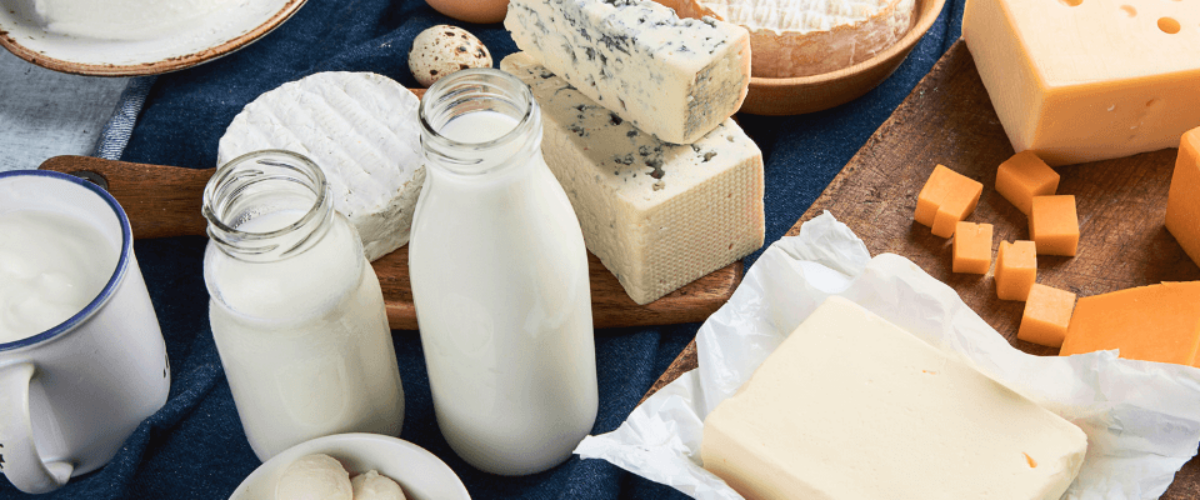
Are you looking into the subject of lactose intolerance for yourself or someone close to you? Then you may have already read, seen or heard the terms "hypolactasia" and "alactasia" without really knowing what they were referring to. As specialists in the field, our team will help you to better understand the vocabulary associated with this food intolerance and its various digestive disorders.
What is hypolactasia?
In medicine and biology, hypolactasia refers to low production of lactase by the body. Lactase is an enzyme produced in the small intestine of humans and mammals in general. Its role is to transform lactosewhich in turn corresponds to milk sugar, into simple, easily digestible carbohydrates.
Far from being an exception, hypolactasia is actually the norm in adults. It is thought that around 75 % of the world's population is subject to this low lactase production. This is because lactase activity is at its peak during the first few weeks of infancy, before gradually declining during childhood and adolescence.
However, a distinction is made between hypolactasia and lactose intolerance. Anyone who has difficulty digesting milk, milk derivatives and dairy products should be aware of this. foods containing lactose are not necessarily lactose intolerant Irritable bowel syndrome: irritable bowel syndrome can also be the reason for borborygmas, bloating, flatulence, diarrhoea and other undesirable effects caused by consuming too much lactose.
Alactasia, the other name for lactose intolerance
While lactose intolerance is the common term used to describe the inability to digest lactose due to a lack of lactase production in the body, alactasia is the scientific name for the condition. A distinction is made between partial and total alactasia, which do not involve the same dietary restrictions for the individuals concerned.
- Partial or moderate alactasia means that the body produces little lactase. This situation therefore corresponds to hypolactasia. It is estimated that people suffering from moderate alactasia can consume up to 12g of lactose a day, the equivalent of 240ml of cow's milk, without suffering the inconveniences associated with lactose consumption.
- Total or severe alactasia refers to the absence of lactase production by the body. In this context, the slightest consumption of lactose is likely to lead to digestive discomfort of varying degrees and handicap, which is why it is strongly advised against for people with severe alactasia.
In cases of lactose intolerance, don't necessarily give up eating cheese, yoghurt, ice cream, cold meats and other products with a higher or lower lactose content! Lactase supplementation can help you combine "lactose consumption" and "digestive comfort" by compensating for the lack of lactase production in your intestine. Find out more about LACTOLERANCE food supplements and reintegrate dairy products and lactose into your diet with complete peace of mind.
With lactase supplementation, the consequences of hypolactasia and alactasia can be easily overcome on a daily basis. Think about it to simplify your meals and your social life!

Hello, I'm Vincent
Like you, I'm lactose intolerantI know exactly what you're going through and the difficulties you encounter on a daily basis. For over 10 years, I've been helping our customers to use our dietary supplements and giving advice and tips on how to improve their digestive comfort. I'm also a keen cook and gourmet, so you'll find my favourite recipes for a lactose-free diet in this blog.
Lactose intolerance is not inevitable! With LACTOLERANCE you can digest with complete peace of mind






